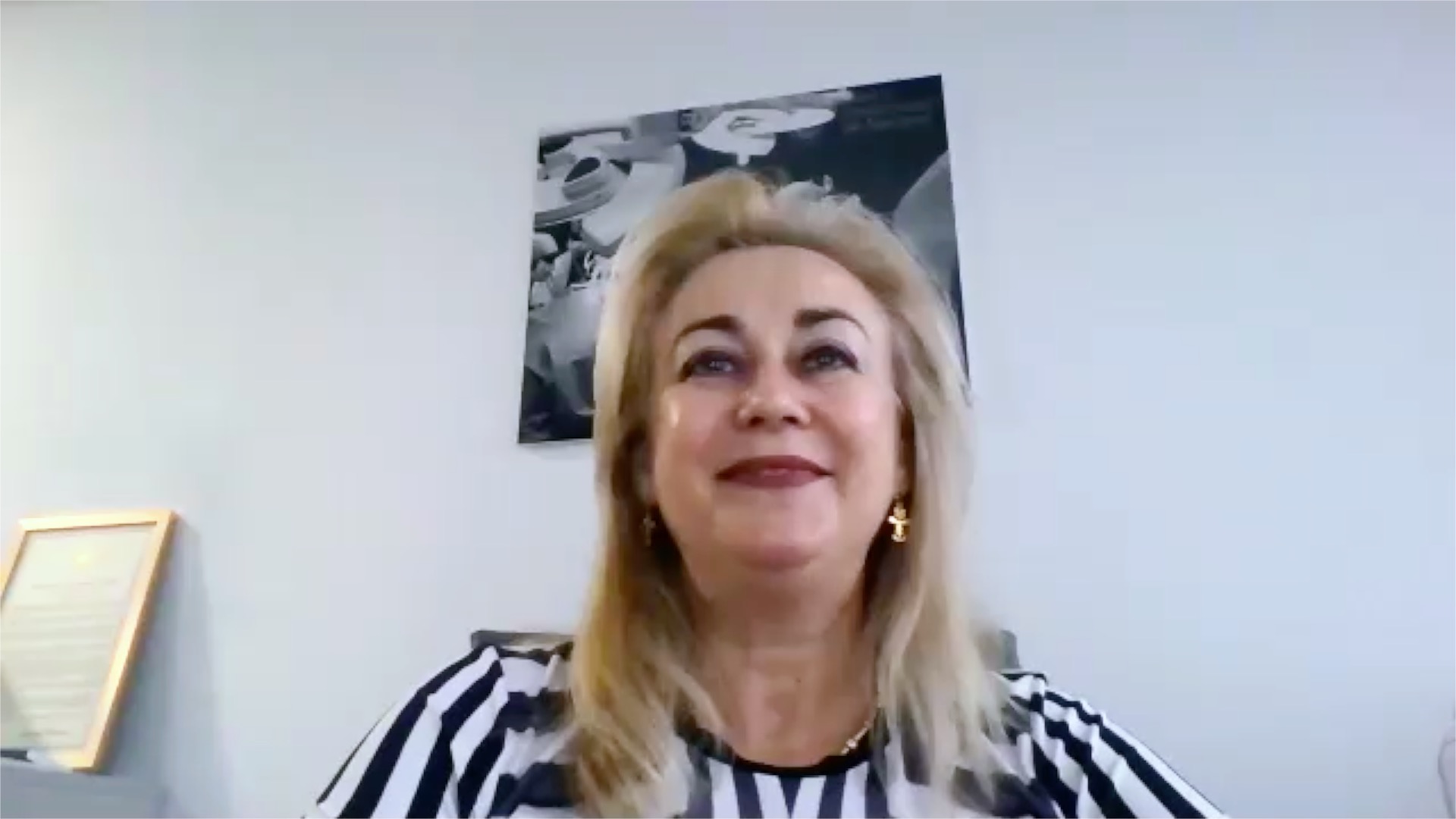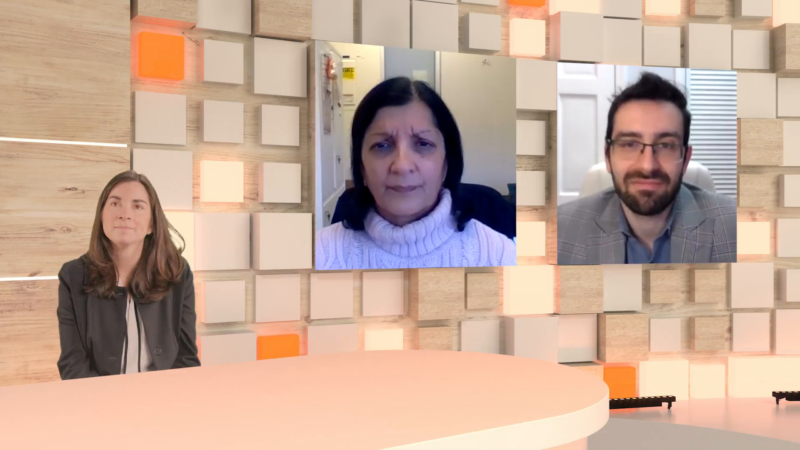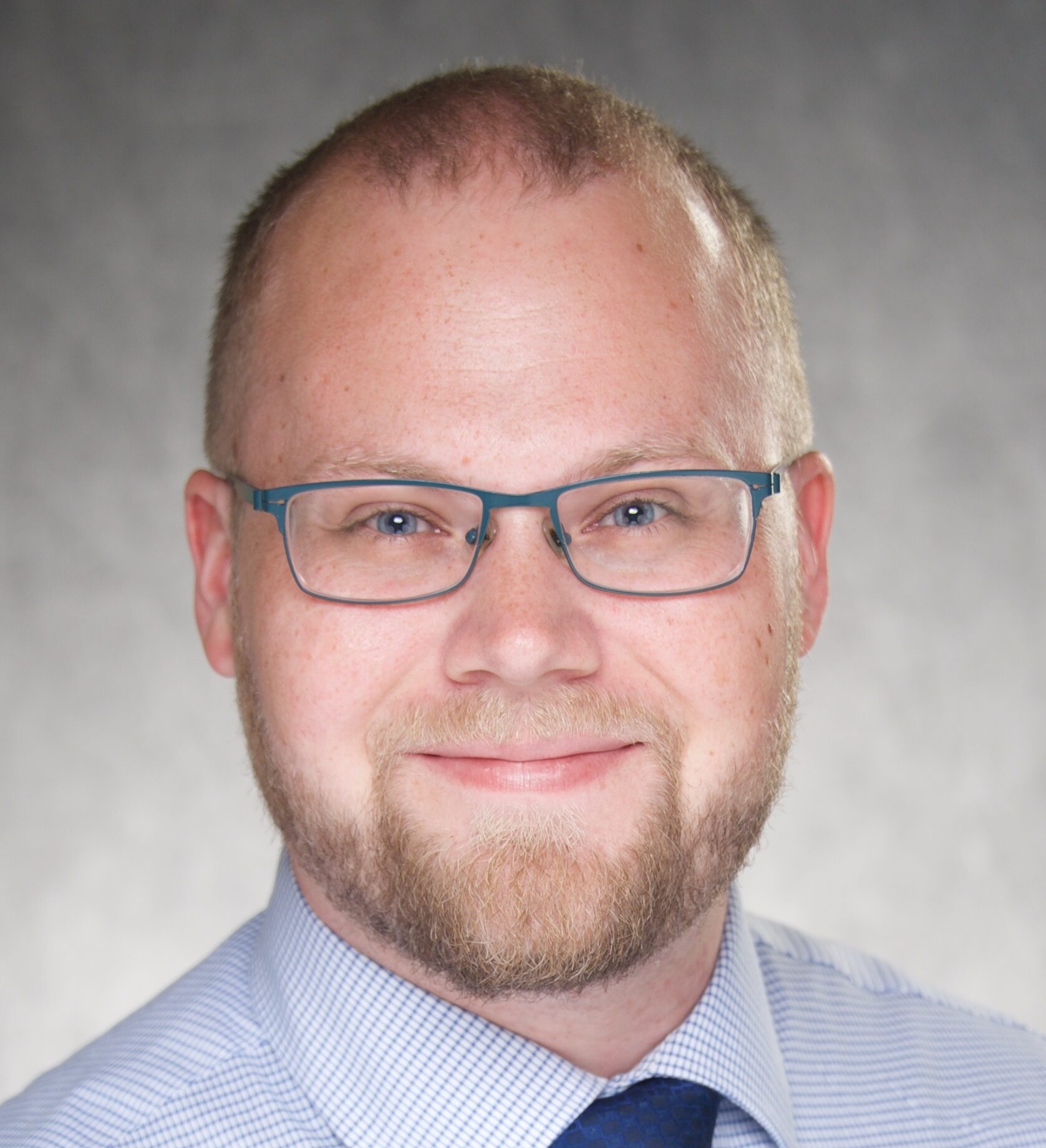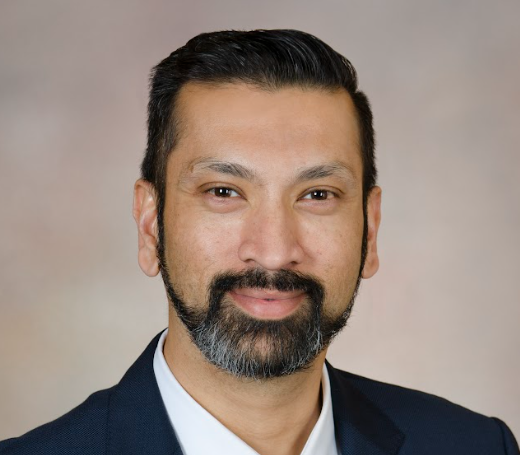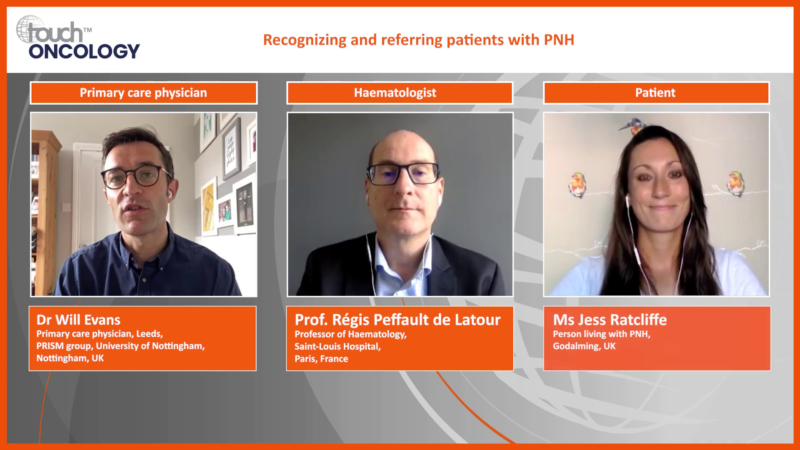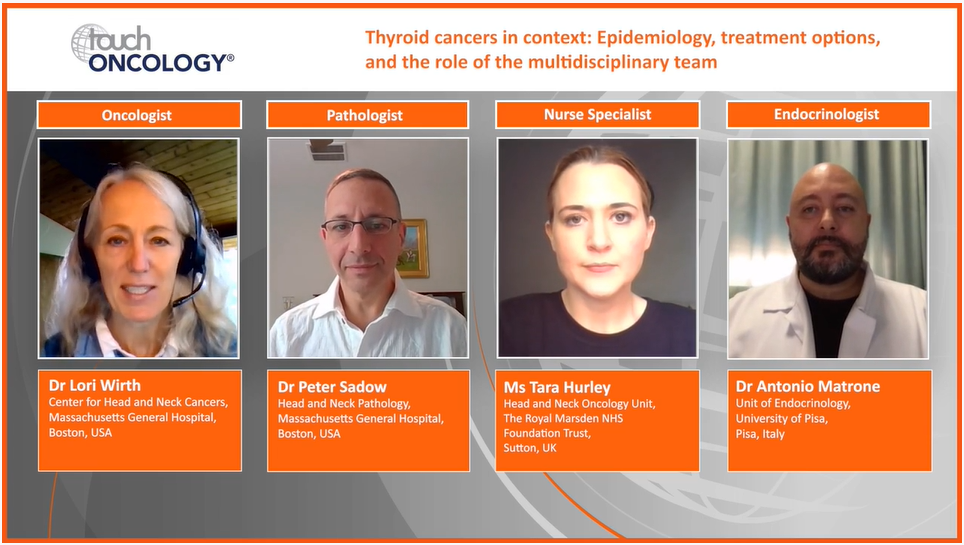touchEXPERT OPINIONS
 Experts answer questions with in-depth advice on the current clinical landscape and how new therapies and guidance might impact regional clinical practice. Useful tips below will show how to navigate the activity.
Close
Experts answer questions with in-depth advice on the current clinical landscape and how new therapies and guidance might impact regional clinical practice. Useful tips below will show how to navigate the activity.
Close
 Experts answer questions with in-depth advice on the current clinical landscape and how new therapies and guidance might impact regional clinical practice. Useful tips below will show how to navigate the activity.
Close
Experts answer questions with in-depth advice on the current clinical landscape and how new therapies and guidance might impact regional clinical practice. Useful tips below will show how to navigate the activity.
Close
Advancing the management of adult solid tumours in 2023, and beyond: Unlocking the potential of radiopharmaceuticals
Learning Objectives
After watching this activity, participants should be better able to:
- Describe the underlying rationale and mechanism of action for radiopharmaceuticals in adult oncology
- Recall the different types of radiopharmaceuticals (approved and in clinical development), and their specific properties
- Summarize the latest efficacy and safety data available for radiopharmaceuticals in the management of adult solid tumours, including potential implications for current and future clinical practice
- Propose strategies to support integration of radiopharmaceuticals into adult oncology pathways to individualize clinical management, and ultimately, optimize patient outcomes
Overview
Leading experts share their insights on the role and use of radiopharmaceuticals in adult patients with solid tumours (with a focus on NETs and prostate cancer) and provide guidance for daily clinical practice to support their integration.
This activity is jointly provided by USF Health and touchIME. read more
Target Audience
Oncologists (including gastro-oncologists and prostate cancer specialists), gastroenterologists, radiologists, endocrinologists, haematologists and pulmonologists involved in the management of adult solid tumours.
Disclosures
USF Health adheres to the Standards for Integrity and Independence in Accredited Continuing Education. All individuals in a position to influence content have disclosed to USF Health any financial relationship with an ineligible organization. USF Health has reviewed and mitigated all relevant financial relationships related to the content of the activity. The relevant relationships are listed below. All individuals not listed have no relevant financial relationships.
Faculty
Dr Stephen Graves discloses: Advisory board or panel fees from Isotope Technologies Munich, Novartis and Voximetry. Consultancy fees from CDE Dosimetry Services and RayzeBio. Grants/research support from Siemens. Other financial or material support (royalties, patent, etc.) from Wisconsin Alumni Research Foundation.
Dr Ana Kiess discloses: Advisory board or panel fees from Novartis (relationship terminated) Consultancy fees from Novartis (relationship terminated). Grants/research support from Bayer, Merck and Novartis. Speaker’s bureau fees from POINT Biopharma (relationship terminated).
Prof. Jorge Garcia has no interests/relationships or affiliations to disclose in relation to this activity.
Dr Jason Starr discloses: Advisory board or panel fees from Advanced Accelerator Applications, Canada Expert Now, Ipsen, Natera and TerSera. Consultancy fees from Tempus. Grants/research support from Amgen, Arcus Biosciences and Camurus. Other financial or material support (royalties, patent, etc.) from Camurus.
Dr Erik Mittra discloses: Advisory board or panel fees from Isotope Technologies Munich and TerSera. Consultancy fees from Curium Pharma and Novartis. Grants/research support from Nordic Nanovector and Novartis.
Content reviewer
Danielle Walker, DNP, APRN, AGNP-C, has no financial interests/relationships or affiliations in relation to this activity.
Touch Medical Director
Kathy Day has no financial interests/relationships or affiliations in relation to this activity.
USF Health Office of Continuing Professional Development and touchIME staff have no financial interests/relationships or affiliations in relation to this activity.
Requirements for Successful Completion
In order to receive credit for this activity, participants must review the content and complete the post-test and evaluation form. Statements of credit are awarded upon successful completion of the post-test and evaluation form.
If you have questions regarding credit please contact cpdsupport@usf.edu.
Accreditations
Physicians
This activity has been planned and implemented in accordance with the accreditation requirements and policies of the Accreditation Council for Continuing Medical Education (ACCME) through a joint providership of USF Health and touchIME. USF Health is accredited by the ACCME to provide continuing medical education for physicians.
USF Health designates this enduring material for a maximum of 1.0 AMA PRA Category 1 CreditTM. Physicians should claim only the credit commensurate with the extent of their participation in the activity.
The European Union of Medical Specialists (UEMS) – European Accreditation Council for Continuing Medical Education (EACCME) has an agreement of mutual recognition of continuing medical education (CME) credit with the American Medical Association (AMA). European physicians interested in converting AMA PRA Category 1 CreditTM into European CME credit (ECMEC) should contact the UEMS (www.uems.eu).
Advanced Practice Providers
Physician Assistants may claim a maximum of 1.0 Category 1 credits for completing this activity. NCCPA accepts AMA PRA Category 1 CreditTM from organizations accredited by ACCME or a recognized state medical society.
The AANPCP accepts certificates of participation for educational activities approved for AMA PRA Category 1 CreditTM by ACCME-accredited providers. APRNs who participate will receive a certificate of completion commensurate with the extent of their participation.
Date of original release: 18 July 2023. Date credits expire: 18 July 2024.
If you have any questions regarding credit please contact cpdsupport@usf.edu.
- Downloads including slides are available for this activity in the Toolkit
You may also be interested in...

REGISTER NOW FOR FREE ACCESS TO
- 1000+ topical and insightful peer-reviewed journal articles
- 100+ hours of bite-sized congress highlights
- 9 major therapy areas packed with the latest scientific advances
- 150+ specialties offering learn-on-the-go medical education
- + Concise email updates and newsletters so you never miss out

Log into your Touch Account
Earn and track your CME credits on the go, save articles for later, and follow the latest congress coverage.
Sign up with an Email
Or use a .
This Functionality is for
Members Only
Explore the latest in medical education and stay current in your field. Create a free account to track your learning.








